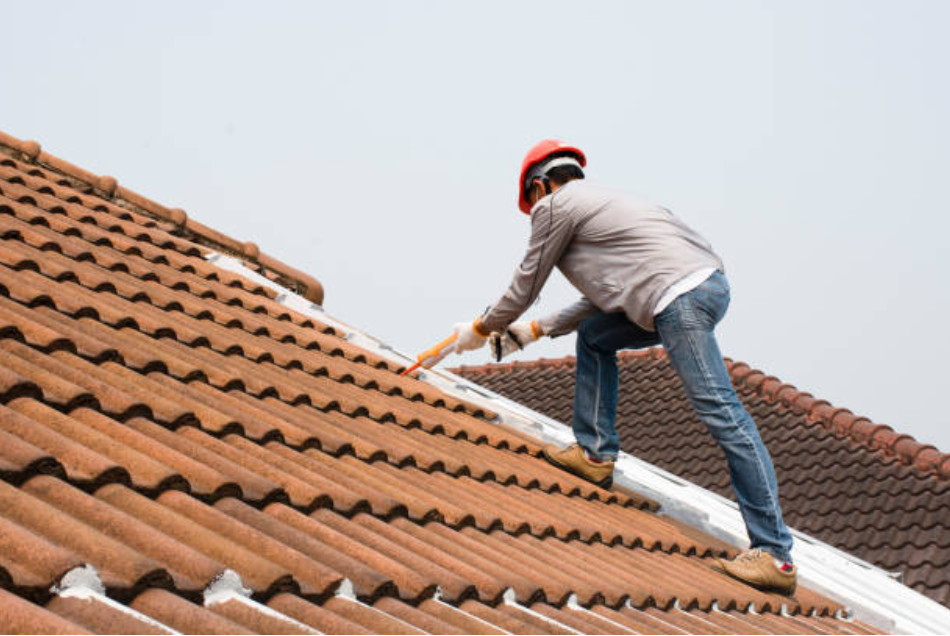Roof inspections are a vital part of residential upkeep that often go ignored. Many property owners may not understand the significance of periodic roof assessments and what they entail. When it comes to protecting your home, understanding the roof inspection procedure can help you spot potential issues before they become major issues, ensuring both your protection and your property value.

During a roof inspection, certified roofers will assess various aspects of your roofing system, on the lookout for signs of damage, harm, or impending issues. But what should you look forward to when you book a roof inspection? In this piece, we'll discuss the main facets of the inspection process, how to know when it’s time for a new roof, and the significance of staying informed about roofing maintenance and repair options. Whether you are considering a roof upgrade or simply want to lengthen the life of your present roof, knowing what happens during an inspection is essential for every homeowner.
When to Replace Your Roof
Recognizing the right moment to replace your roof can save you from costly repairs and protect your house. One important indicator is the age of your roof. Most types of roofs come with defined lifespans; for example, asphalt shingles typically last around 20-25 years, while metal roofs can last 40 to 70 years. If your roof is near or has exceeded its expected lifespan, it may be time to begin considering a replacement.
Another key sign is the quality of the shingles. Look for shingles that have cracks, curls, or are missing, as these can compromise the integrity of your roof. Additionally, if you see granules from shingles building up in your gutters or if the roof has noticeable degradation in various places, it’s a definite sign that replacement should be considered. Routine assessments can help catch these issues early on, enabling you to address them before they escalate.
Finally, watch out for signs of roofing troubles indoors. Water stains on your ceilings or the walls, fungus or mold in the attic, and higher energy bills can all suggest that your roof is having problems. If you see these signs, it's imperative to consult a roofing professional. They can evaluate the issue and help you determine whether a full roof replacement is necessary or if minor repairs can extend its life.
Common Roofing Concerns and Solutions
Homeowners regularly face multiple rooftop issues which may impact the integrity as well as performance in the roofs. An often seen among the predominant problems is roof leaks, which can be resulting by defective tiles, flashing failures, or deterioration around chimneys and vents. To resolve these leaks, it's crucial to find the source first. Homeowners can look for dark areas on ceilings or stains from water, which indicate where fixes are required. Temporary measures such as tarpaulins can serve until a licensed expert can perform permanent repairs.
A further common concern is the buildup in rubble on the rooftop, including leaves, branches, and grime, that can result in the growth of mold and water pooling. Routine maintenance remains important to ensure proper drainage and prevent moisture-related harm. Property owners can arrange periodic inspections or hire experts to clean the roofing as well as gutters. This anticipatory approach not only improves the roof's look but also prolongs its lifespan.
Lastly, homeowners must be aware of the impacts of severe climate, which may cause harm such as absent tiles or damaged metal roofing. When a storm hits, it's vital to conduct a thorough checkup after the storm. Addressing any apparent damage quickly may forestall further complications. In case substantial damage is discovered, it is advisable to consult a roofing professional to conduct a detailed assessment as well as fix is advisable to make certain that the roof remains sturdy and leak-free.
Selecting the Right Roofing Material
Selecting the right roof option is crucial for ensuring the durability and functionality of your home. Various materials offer different advantages and drawbacks that can affect not only the appearance of your house but also its long-term maintenance needs. Bitumen tiles are well-liked due to their cost-effectiveness and ease of setup, making them a good option for many homeowners. On the other hand, steel roofing provides superior longevity and can withstand severe weather, though it typically comes at a higher initial cost.
When evaluating roofing options, it's crucial to assess your regional climate, the architectural style of your house, and your individual tastes. For Affordable roofing Kearney , tile roofs are an appealing option in hotter, Mediterranean homes, providing natural insulation. Conversely, if you live in an area prone to significant snowfall, a sloped roof with sturdy materials may be the most suitable option to prevent snow accumulation and potential leaks.
Another important consideration is the environmental impact of your roof option. Sustainable roofing options, such as green roofs or eco-friendly materials, are increasing in acceptance among environmentally conscious homeowners. These options not only lower energy costs but also enhance to ecosystem diversity and improve air quality. By carefully weighing the pros and cons of each roof option and considering future effects, property owners can make an informed decision that meets their requirements and wants.
